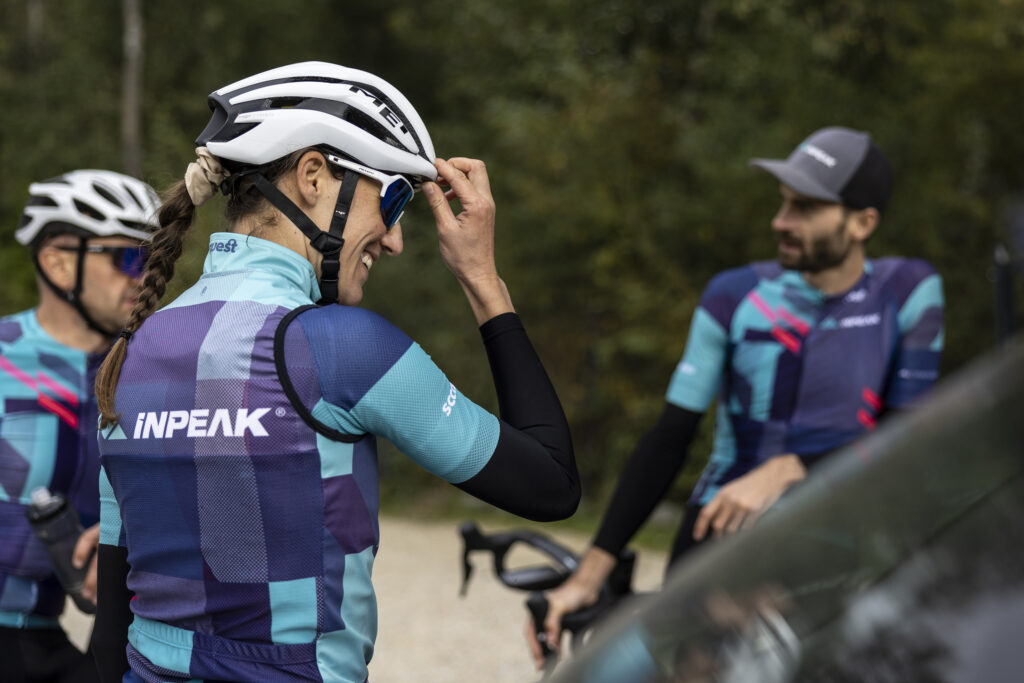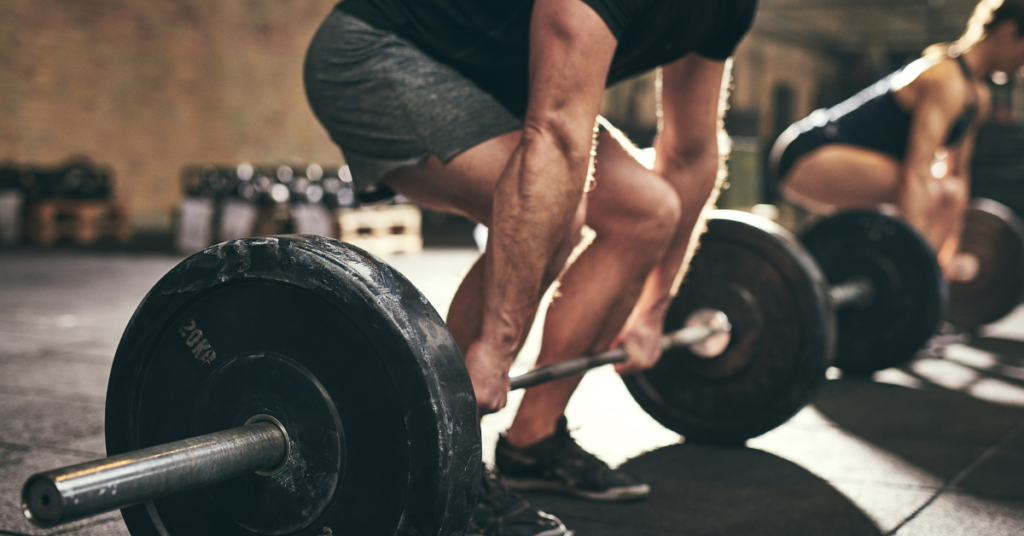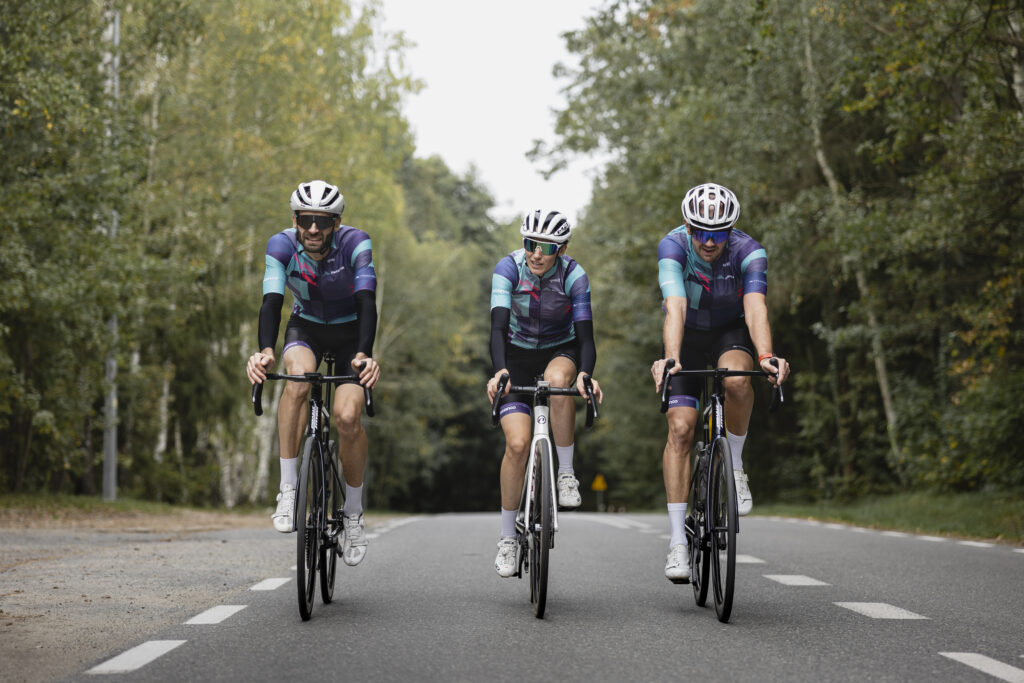One of the modern-day problems is the low level of physical activity among the population. Many people are deeply engaged in their professional lives, which leaves little time for movement and physical training. Cycling training has often been associated with spending many hours in the saddle, which is not compatible with limited free time.

However, current scientific research shows that interval training methods are just as effective—or even more effective—than long, low-to-moderate intensity workouts. A major advantage of interval methods is the short duration of the training, which makes it easier to fit into a busy schedule.
Power meter – an effective tool that saves time.
Given the high effectiveness of interval training for non-athletes and beginner athletes, it’s advisable to include such sessions in beginner cyclists’ training plans. However, planning interval cycling training requires precise determination of training intensity. To establish the proper intensity, a fitness test can be performed, using metrics like power output at the anaerobic threshold. Based on the test results, a coach or training app can assign appropriate intensities for different types of interval workouts. Alternatively, instead of a lab test, one of the popular versions of the Functional Threshold Power (FTP) test can be performed or we can watch the power curve. This test can be done independently in outdoor conditions or on a home cycling trainer, making it accessible to everyone—from beginners to advanced cyclists. The basic tool for such a test is a bike equipped with a power meter.
How often should you train?
After completing the tests and uploading data to a coach or training app, a training plan will be provided. For beginners, cycling training should be done 2–3 times per week in winter and 3–4 times in summer. General physical activity sessions can complement these rides. Recovery is also crucial. For beginners, at least two rest days (e.g., Monday after weekend rides or Friday before weekend sessions) are necessary for proper regeneration and preparation for the next training week.
Is it just about cycling?
Complementary exercises that engage and strengthen deep muscles are beneficial. Improved physical performance of deep muscles helps stabilize the body on the bike and reduces energy expenditure while riding. This leads to delayed fatigue development, which is important both in sports competitions and during long-distance cycling trips. Strength training to enhance limb power can further support this. Resistance exercises increase the recruitment of muscle fibers, contributing to greater muscular power and cycling speed.

Other general training options include running, mountain hikes, and both downhill and cross-country skiing. Running, in particular, helps build muscle resistance to fatigue. During cycling, muscle damage can occur—especially on climbs or when vibrations from uneven terrain are involved. To prepare for such efforts, muscle damage should be stimulated during training. Running is one of the simplest ways to do this, along with the strength training and outdoor activities mentioned above.
Interval training.
Cycling remains the core of any training plan. When time is limited, interval training is the primary method. The goal is to strongly disrupt the body’s internal balance. You’ll feel intense muscle burn, rapid muscle fatigue, difficulty completing the workout, and challenges in controlling your breathing. Power output is the most accurate way to measure intensity during these workouts, as it’s unaffected by external factors. Therefore, just like for testing, you’ll need a bike equipped with a power meter.
Weekend rides – more time for riding in Z2.
On weekends, most beginner cyclists have more time for training. That’s the perfect time for long, multi-hour endurance rides, which complement the effects of intensive interval training. They help the body use fat for energy and burn more calories overall, aiding in weight management. To achieve endurance training goals, it’s also important to control intensity. Coaches or apps can set intensities that maximize fat utilization. Power and heart rate monitoring are useful here. A great strategy is to train based on heart rate zones defined by a coach, while also recording power data. This combination allows you to analyze cardiovascular response to muscle power output and assess changes in physical fitness.

Power meters in competitions.
Another reason for beginners to use a power meter is to objectively assess race performance. While race results are typically ranked by finishing position, power data (including normalized power, NP) allows comparison across races and helps evaluate pacing and training effects. It’s important to note that performance can drop in harsh conditions (e.g., high altitude, cold weather), but power metrics reduce the impact of these variables, offering better insight into athletic progress.
The key to sustainable developmnet and training motivation.
As we can see, there are many reasons why beginner cyclists should use a power meter. It’s a tool that supports safe and sustainable development. A well-structured training plan based on power output ensures the fastest progress, better fatigue control, and consistent motivation throughout the cycling season. Remember, training with a power meter doesn’t rule out romantic long rides or ultra-distance adventures. In fact, it can enhance those experiences too—but more on that another time. 😉
Author: dr Rafał Hebisz


